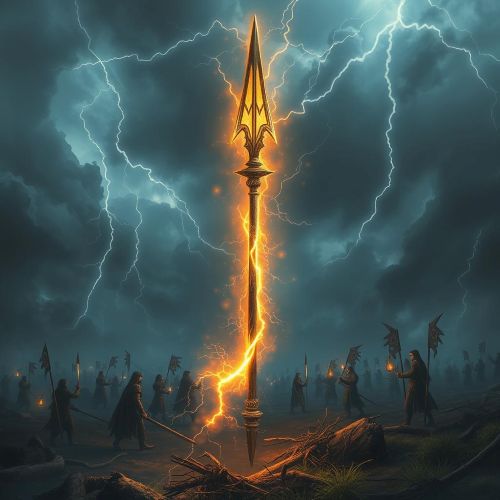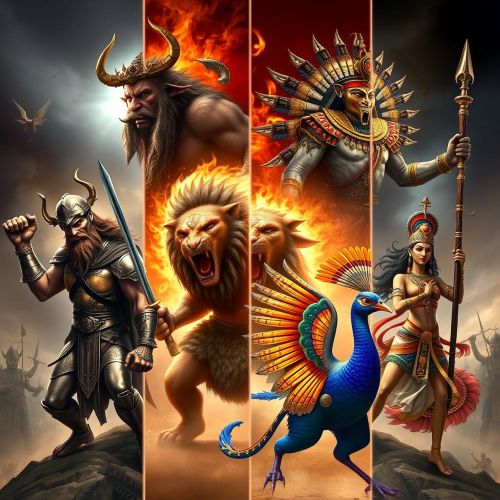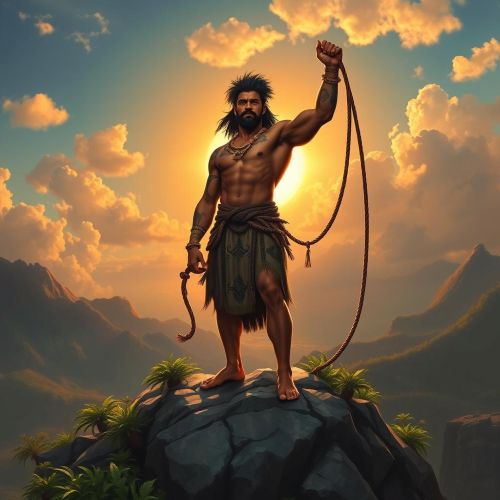Zoroastrianism and Persian Mythology: The Foundation of Belief
Zoroastrianism, one of the world’s oldest religions, holds a significant place in the history and cultural heritage of Persia (modern-day Iran). Rooted in ancient Persian mythology, Zoroastrianism offers a unique and fascinating belief system that encompasses profound philosophical concepts and moral teachings. In this blog, we will explore the foundations of Zoroastrianism, shedding light on its key tenets, rituals, and its enduring influence on Persian culture.
Zoroastrianism: A Brief Overview:
Zoroastrianism originated with the teachings of the prophet Zarathustra (Zoroaster) in the 6th century BCE. This monotheistic religion revolves around the worship of Ahura Mazda, the supreme deity, who represents wisdom, truth, and righteousness. Zoroastrianism’s core principles focus on the eternal struggle between good and evil, emphasizing the importance of making righteous choices and leading a virtuous life.
Ahura Mazda and the Cosmic Battle:
At the heart of Zoroastrianism lies the concept of dualism, with Ahura Mazda representing the forces of good and Angra Mainyu (Ahriman) embodying evil. Ahura Mazda, often depicted as a radiant figure, stands as the creator and sustainer of the universe, while Angra Mainyu personifies chaos, falsehood, and destruction.
According to Zoroastrian mythology, the world is a battleground between these two cosmic forces. It is believed that the final triumph of good over evil will occur in the end times, where Ahura Mazda will restore order and bring about a world of eternal bliss.
Rituals and Practices:
Zoroastrian rituals and practices play a crucial role in connecting individuals with the divine and reinforcing moral values. One of the most important rituals is the Yasna, a sacred ceremony involving the recitation of hymns from the Avesta (the holy book of Zoroastrianism) and the offering of prayers and sacrifices.
Fire, considered a symbol of purity and divine presence, holds great significance in Zoroastrian worship. Fire temples are places of communal worship, where sacred fires are continuously maintained. The fire is believed to purify the environment and serve as a conduit between the earthly realm and the divine.
Zoroastrian Beliefs and Influence:
Zoroastrianism’s ethical teachings encompass a profound moral code. Followers are encouraged to embrace truth, practice good deeds, and exhibit compassion towards all living beings. The concept of “Ashavan” represents the ideal Zoroastrian, someone who upholds these values and actively contributes to the betterment of society.
Furthermore, Zoroastrianism’s influence extends beyond religious practices and ethics. Persian mythology, deeply intertwined with Zoroastrian beliefs, showcases a rich tapestry of stories and characters that reflect the ancient Persian worldview.
Prominent Figures in Persian Mythology:
Persian mythology features a pantheon of deities and legendary figures that coexist alongside Zoroastrianism. These myths and legends provide insights into the cultural and historical context of ancient Persia. Notable figures include:
1. Mithra: The Persian sun god associated with contracts, oaths, and justice.
2. Anahita: The goddess of fertility, water, and healing.
3. Jamshid: A legendary king renowned for his wisdom and just rule.
4. Rostam: A heroic figure in Persian epic poetry, known for his strength and valor.
Enduring Legacy:
Zoroastrianism and Persian mythology have left a lasting impact on Persian culture, influencing art, literature, and even the country’s national identity. The architectural marvels of ancient Persia, such as the Achaemenid palaces, bear testament to the grandeur of Zoroastrianism.
The Persian epic, Shahnameh (Book of Kings), composed by the poet Ferdowsi, draws extensively from Persian mythology, preserving the legends and tales of ancient Persia. Furthermore, Zoroastrian communities, though now a minority, continue to practice their faith and preserve their unique traditions.
Zoroastrianism, with its foundation in Persian mythology, offers a deep understanding of the ancient Persian worldview. The belief in the cosmic struggle between good and evil, the emphasis on truth, righteousness, and ethical living, and the enduring influence on Persian culture all contribute to the richness and significance of Zoroastrianism.
By delving into the teachings, rituals, and mythological figures of Zoroastrianism, we gain a profound appreciation for this ancient faith and its lasting impact on Persian history and culture. Through its enduring legacy, Zoroastrianism continues to inspire individuals to strive for goodness, righteousness, and a harmonious existence in the eternal battle between light and darkness.






